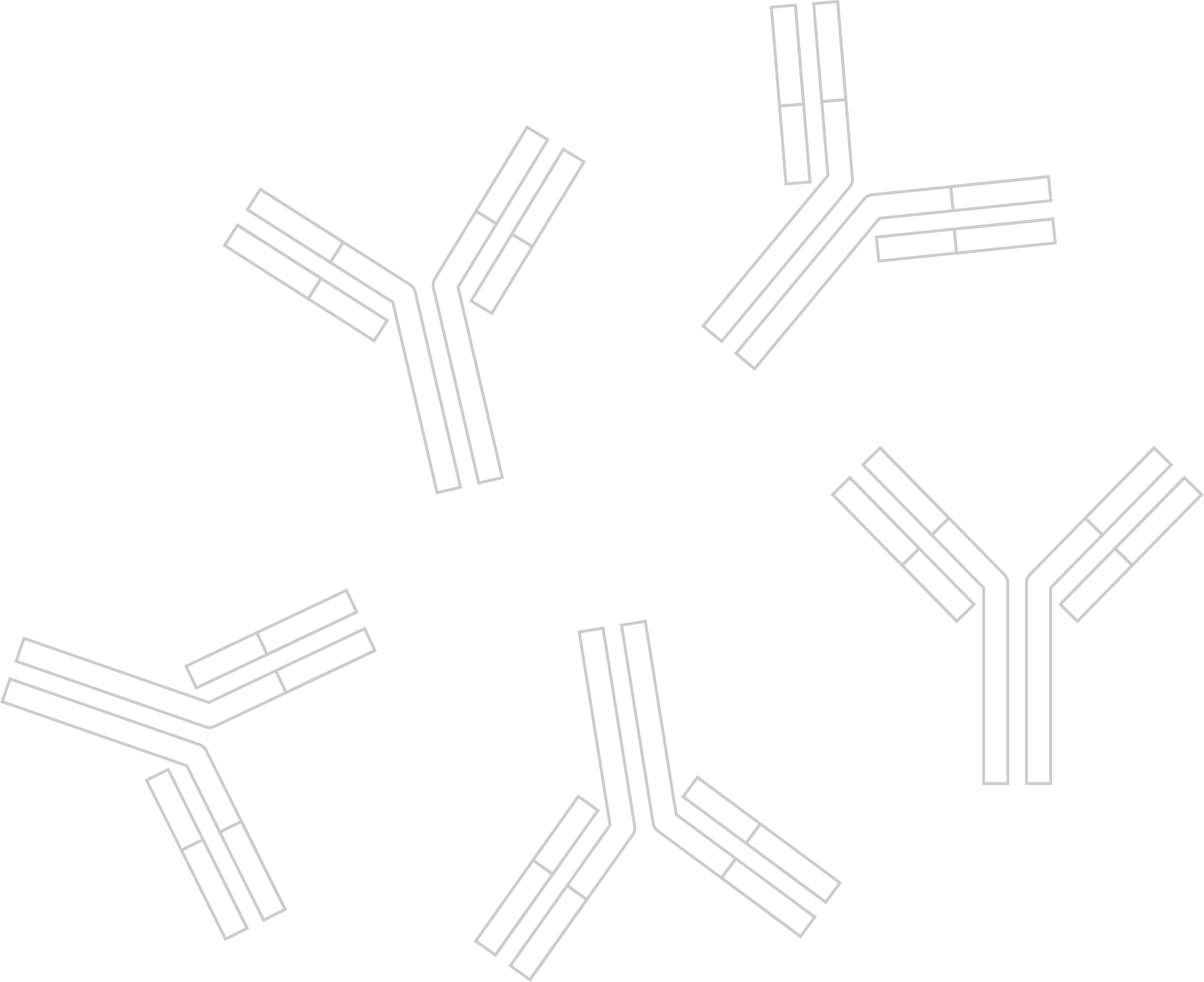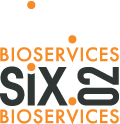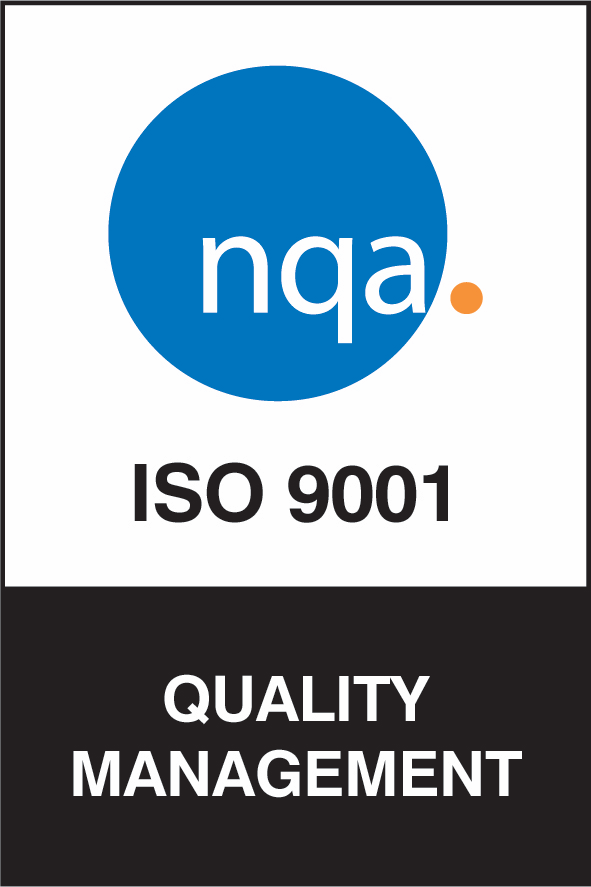Kemp Proteins Purification Platforms
Ion exchange chromatography (IEX) where the separation is based on the reversible interaction between a charged protein and an oppositely charged chromatography resin, thus proteins are separated based on differences in surface charge. This method provides high-resolution separation and can be used at high flow rates, because binding kinetics for IEX are fast, and rigid chromatography particles can be used.
Affinity chromatography (AC) where proteins are separated on the basis of a reversible interaction between the target protein and a specific ligand attached to a chromatography base matrix. The interaction between protein and ligand can be nonbiospecific, where a protein binds a dye substance or histidine-containing proteins binding metal ions as in immobilized metal ion affinity chromatography (IMAC) or biospecific, where antibodies bind protein A or a receptor binding a hormone.
Multimodal chromatography, uses medium (resin) where more than one type of interaction between ligand and sample components is possible and is used where under certain purification challenges the required level of purity of then protein is not reached.
Multimodal media can be uniquely designed for specific use and as such offers an alternative to traditional media, providing new selectivities for specific targets.
Hydrophobic interaction chromatography (HIC) is used to separate proteins according to differences in surface hydrophobicity and is based on the reversible interaction between the proteins and the hydrophobic surface of a HIC resin.
Size exclusion chromatography (SEC), separates molecules by differences in size as they pass through a SEC resin packed in a column. SEC is the simplest and mildest of all chromatography techniques. SEC. In SEC molecules do not bind to a chromatography resin, but instead pass through it based upon size, which means that buffer composition does not directly affect resolution. Consequently, a significant advantage of SEC is that conditions can be varied to suit the type of sample or the requirements for further purification, analysis, or storage without altering the separation.








